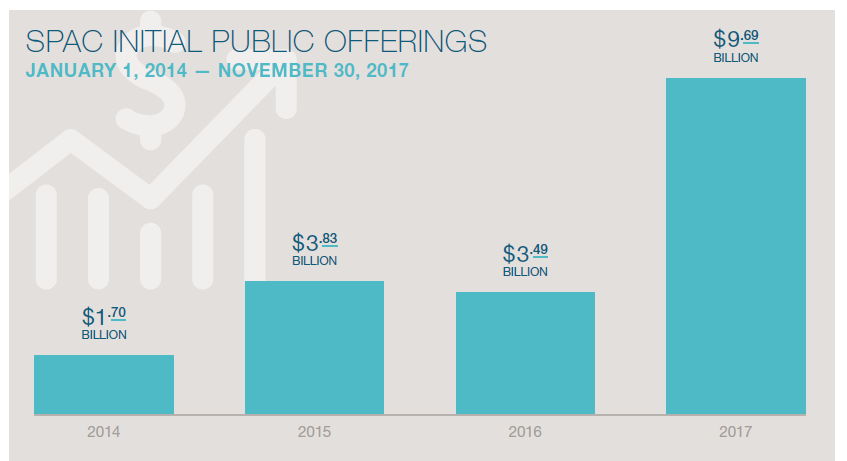Kobi Kastiel is Assistant Professor of Law at Tel-Aviv University; and Noam Noked is Assistant Professor of Law at The Chinese University of Hong Kong. This post is based on their recent essay, published in the Stanford Law Review Online.
Related research from the Program on Corporate Governance includes Executive Compensation at Fannie Mae: A Case Study of Perverse Incentives, Nonperformance Pay, and Camouflage, and Stealth Compensation Via Retirement Benefits, both by Lucian Bebchuk and Jesse Fried; and Executive Pensions by Lucian Bebchuk and Robert J. Jackson.
The sweeping tax reform enacted in December 2017 will significantly increase the tax cost of executive compensation in many publicly held corporations where the compensation for each of the top five executives exceeds $1 million. Nonetheless, it is unlikely that these corporations will reduce the executive compensation to offset the increased tax cost, which will likely be shifted to public shareholders.
In our Essay, The ‘Hidden’ Tax Cost of Executive Compensation (forthcoming in the Stanford Law Review Online) we show that this significant tax cost is not transparent to shareholders. Our analysis of a hand-collected dataset of relevant proxy statements that were filed in the first fifty days after the enactment of the tax reform reveals that companies do not provide their shareholders with sufficient information about the tax cost of executive compensation. Therefore, there is a need for a prompt regulatory response. To make the tax cost of executive compensation fully transparent, we propose that the Securities and Exchange Commission (SEC) should adopt new disclosure requirements, outlined in this Essay, as soon as practicable. The disclosure of the tax cost of executive compensation would significantly improve the accuracy of investor information regarding the overall cost of executive compensation, and it could enhance shareholders’ ability to scrutinize compensation practices, all while imposing minimal compliance costs upon companies.
Below we provide a more detailed account of our analysis:
